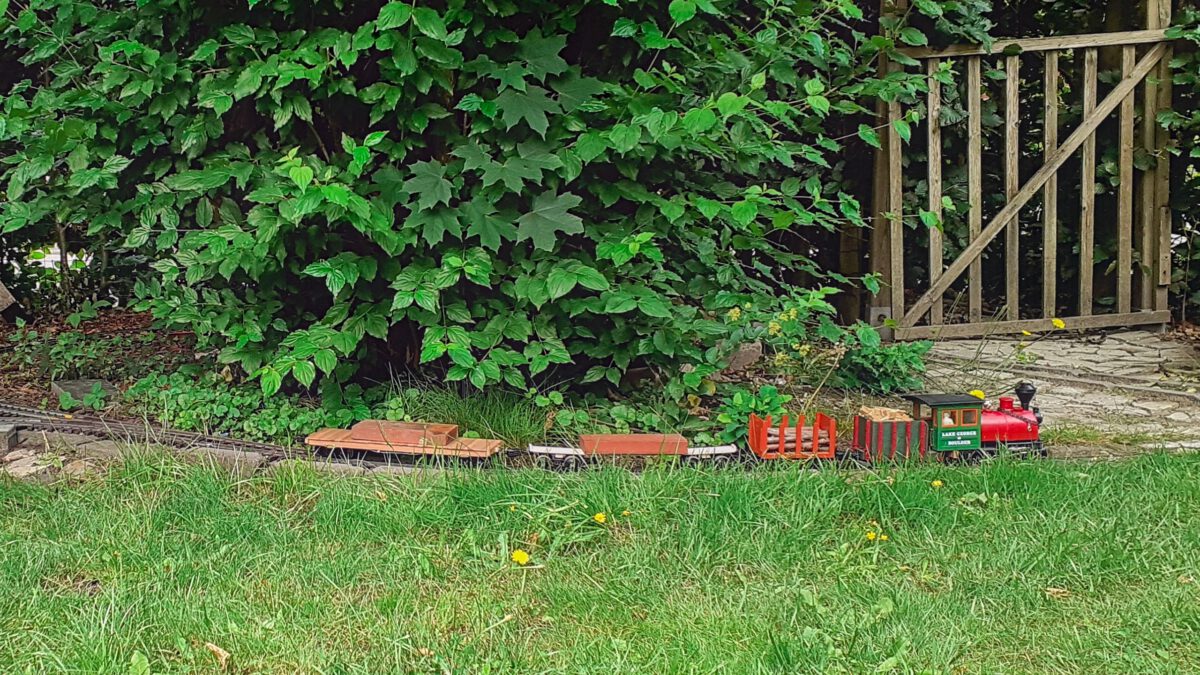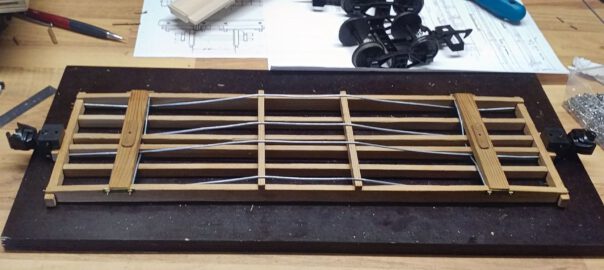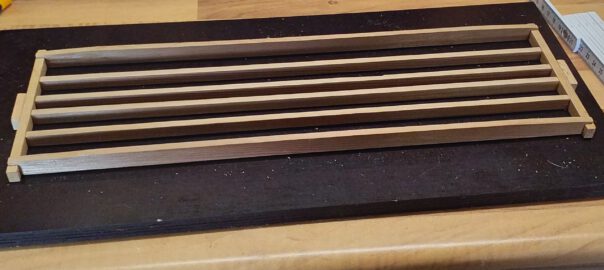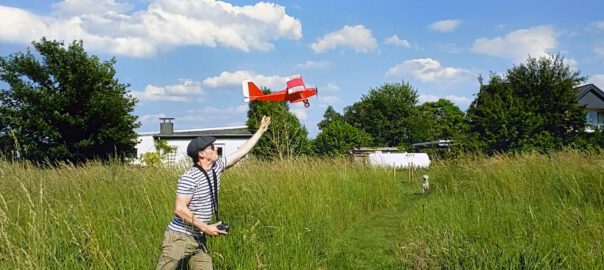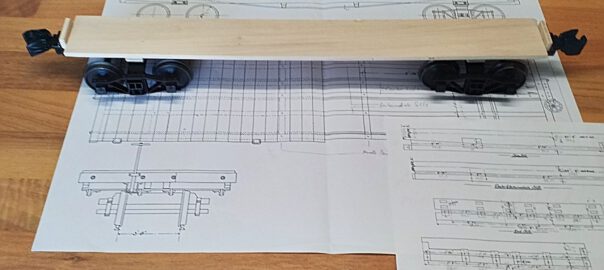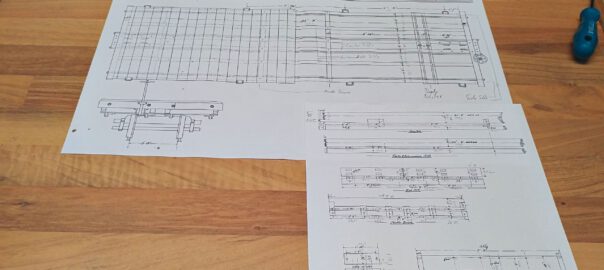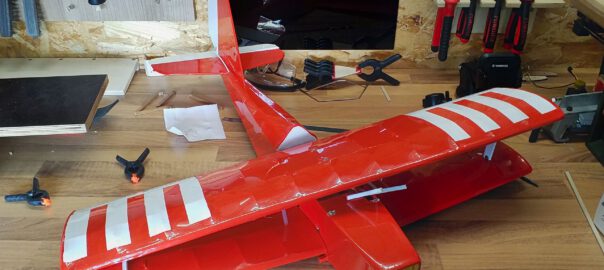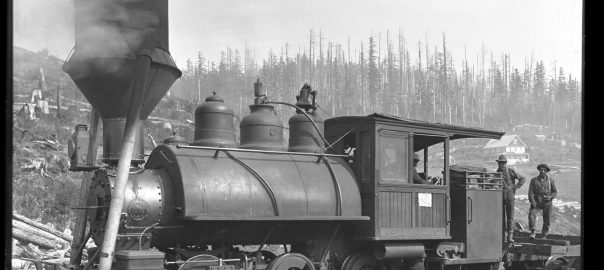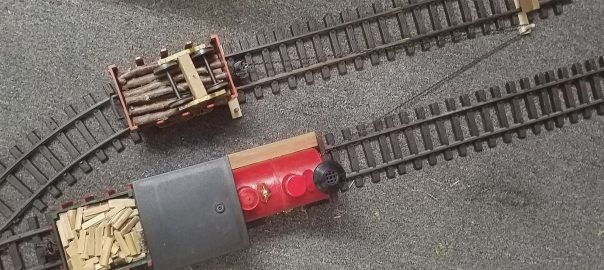This operation session was scheduled rather spontaneously and spurred me into building a prototype for a flatcar. Accordingly, I was quite expectant concerning the experience I’d gain with the new waggon.
Since we only had a relatively short time for operations and I was preoccupied with test runs, there are only a few pictures. In return, I learned lots of lessons.

